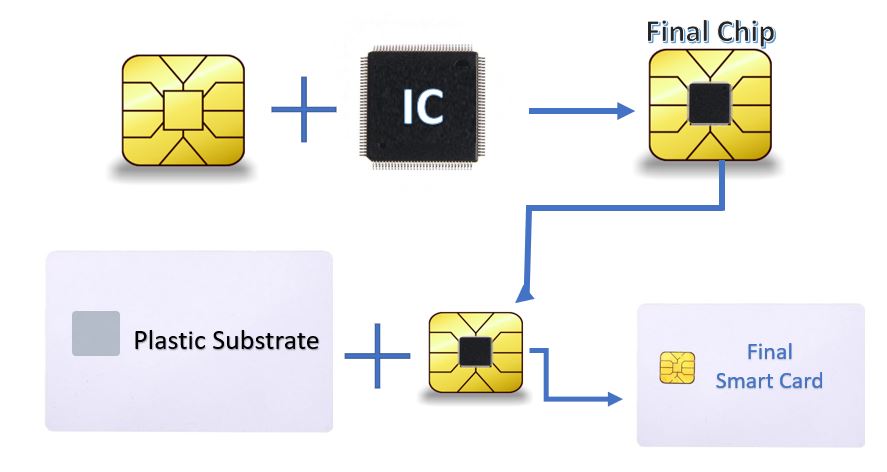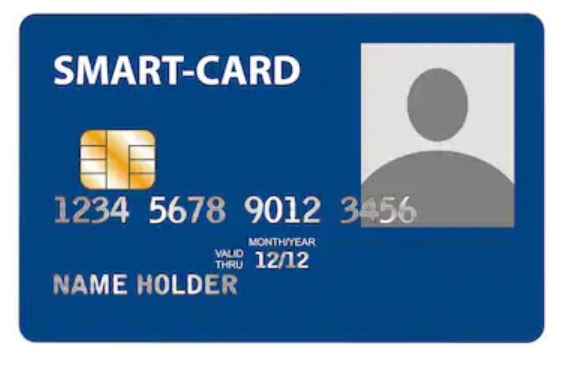We live in a world in which technology is rapidly advancing to make our lives more and more easier. No doubt when everything is becoming smarter than how can the way of paying money for different purposes be left behind. The method of payment has been never so easy like it has become today, all thanks to the technology. The way of paying through debit cards, credit cards, and so on through both online and offline modes is made possible by the smart card technology. This smart card technology is the main ingredient which makes this possible. This technology is now very common all over the world, there is perhaps no country in this world where people don’t rely on it. The main idea behind this technology is to reduce the tension related to theft and robbery.
Just imagine you go out to purchase your favourite computer or laptop or any other big or small thing, if this technology was not there then you have to take in a lot of cash which always invites unwanted tension and you have to make sure that you reach your destination and quickly make your payment before some unwelcome robber comes and snatches all your money away from you. But thanks to our smart card technology, which enables you to make huge payments and that too without even carrying a single penny with you.
So as of now, we have understood why it is called smart? The answer is simple because it has helped to make the world cashless and our way of making payments has never been so easy like it is today. Not only credit and debit cards but also our sim cards, driving license, smart door lock etc.
Now as we have got a basic idea of what a smart card is, now let us discuss about their construction.
Steps in building Smart Cards:
- Framework: First thing to manufacture smart cards involves allocating the memory size to the chip and then specifying the clock speed, the volatile memory, and the OS. The programmer does all the above-mentioned steps and after completing it, he also creates a software application for the card to specify the card type.
- Forming of the chip: This is the second step and in this step, a chip made of Silicon is attached to the card. Now, the connecting wires are soldered or bonded together to link this chip to the connectors. Then an epoxy resin is used to seal the chip on the substrate, and the substrate here is plastic which is made of polyvinyl chloride (PVC) or any other synthetic plastic.
- Coding: In this step, codes are entered in the chip using special commands. In simple words, you can say that in this step life is given to the smart card.
- Data loading: This is the last step and in this last step user’s personal data is loaded into the chip.

Now, as we have understood about the construction of a smart card, it is the time for us to know how a smart card works.
Firstly, let me make it clear that a smart card is smart or able to perform all your work only till it has that chip fixed on it, once that chip is removed it is no longer smart and cannot perform all those tasks. Smart cards need a smart card reader to perform all their functions. You need a card reader to slot in your card and punch your personal security code for carrying out your transactions.
However due to advancement in the field of technology, some smart cards do not need a card reader to carry out their functions, and they are also termed as contactless smart cards and they are also increasing.
Type of Smart Cards:
Let us now know the different categories of smart cards. Smart cards are classified on the grounds of the mechanism of cards and configuration.
Contact smart card:
These are the most common types of smart cards and most credit cards, sim cards, and ATM cards fall under this category. These cards come in contact with a medium before they can function, so they are called smart contact cards. Any digital interface like the smart card reader is the medium here and it also facilitates the transmission of information from the card to the reader.
Contactless smart card:
These cards do not need to come in physical contact with an interface before you can use it. So it is called a contactless smart card. You do not need any card reader or any digital interface to make any digital transactions. These cards make use of radio frequencies or near field communications (NFC) which ensures that a wireless connection is established as soon as you try to make your payment.
Hybrid cards:
These cards are a powerful combination of both types of cards which we have discussed above. They can be used as both contact smart cards or contactless smart cards as and when required. They have both the technologies blessed upon them so as to function as per the desired need.
Memory cards:
These cards are usually for a temporary basis. The memory of these cards is very low and this is why their functions are limited to some specific activities like reading, writing data, storing a limited amount of information which is needed for any specific function. One more important point is that the data written on them can not be edited or changed. It can only perform one job at a time and is mostly discarded after the usage.
Microprocessor cards:
They are just like mini computers and are so portable that one can roam around keeping it in their pockets. They have a larger memory to contain lots of data. They work using an operating system and you can read the information on them, write data to them, rewrite a written data, and make any changes on everything that it contains as per your need.
Thus, we have understood everything about smart card technology, construction, applications, usage, and so on. The main feature of a smart card is the security it provides its users amazing shopping experience. Furthermore, there are a number of other applications which we have just discussed. Perhaps, a smart card is just one of the many boons of technology to us.


Related Posts
What technology will be used in flying cars? Having a look at the technologies that will shape the transportation of the future
What is stopping smartphone gaming from becoming the next big thing? The problems, and the possible solutions
What are the 5 Types of Green Technology?
How Enterprise Technology is Revolutionizing Business Operations in 2024
What is ipconfig on Windows CMD used for?
Inside Kodak TV Factory: A Glimpse into the Manufacturing Process